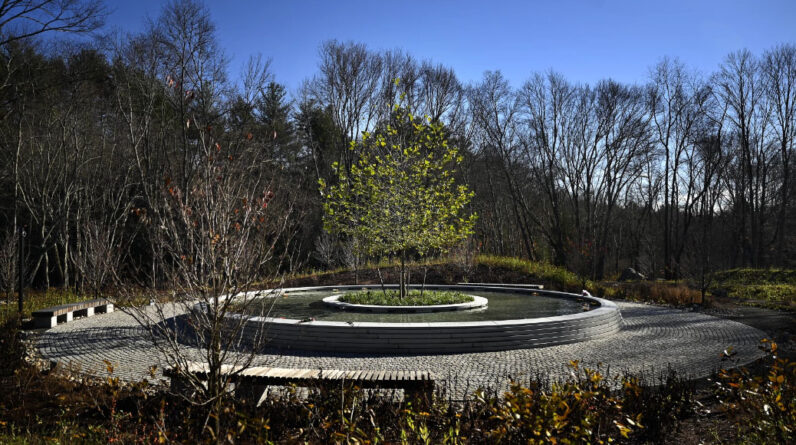
If you watch the nightly news on the national networks, and nearly one in 10 adults still do, you’ve probably noticed what tends to be “Breaking News” lately: severe weather and mass shootings.
There is now a mass shooting at least once a week in America, sometimes two. And deaths from killer tornadoes in the first three months of this year have been triple the number of fatalities in all of 2022.
On any given night, we can see images of entire towns devastated by wildfires, high winds, floods, heat waves and the like.
The US EPA reports that the extent of area burned annually by wildfires has increased since the 1980s. Like the Christmas shopping season, wildfires are also starting earlier than before. The EPA adds, “Nine of the 10 warmest years on record for the contiguous 48 states have occurred since 1998, and 2012 and 2016 were the two warmest years on record.”
So, if the AR-15s don’t kill us, watch out for Mother Nature, aggravated by the acceleration of climate change.
While the chances of us individually being hit by deadly weather or a deranged gunman are low, an inevitable consequence of these twin trends is that they’re costing us all money. Schools and public places are being toughened to defend against the increasing frequency of violent assaults involving assault rifles. Our homes and cities must also be made resilient to the well-documented effects of climate change, such as increased flooding and storm surge along our coasts and waterways, mudslides and drought in central .
And we’re not talking about a dumb switch here. The National Oceanic and Atmospheric Administration (NOAA) notes that of the 348 weather and climate disasters since 1980 where costs reached $1 billion or more each (calculated in constant dollars), the total price tag exceeded $2.5 trillion of dollars This represents about 8 percent of our current national debt.
And the costs are rising. The average frequency of such expensive weather events between 1980 and 2022 was eight per year; the average over the past five years was 18 each year, NOAA reports.
In my elementary school days (the 1950s), we learned to hold and cover in case the Soviets dropped the big one on us. Fortunately, they never did, and I don’t remember being particularly scared. Kids today go through evacuation drills to know what to do when a fellow American comes calling with weapons of war. This new danger has a much greater immediacy and credibility. It happens all the time, and our kids know it.
Sad to report, today’s equivalent of ducking and covering is “playing dead.” If you can’t get to safety and bullets are flying, play dead. Now there is a life lesson for our children. We can’t protect you, you’re alone. Try not to shake.
What most TV news reports about the killer weather and America’s epidemic of well-armed predators fail to provide is context. Why are tornadoes and hurricanes becoming more intense and destructive? Why do so many people have guns, designed to kill other human beings in wholesale batches, who clearly shouldn’t have them? Is something being done about it?
Have you driven past an American flag flying at half-mast lately and racked your brains as to why: What recent calamity is it lowered for? There seem to be so many, and Old Glory is halfway there more than not.
Journalists learn (or should learn) that news is not only about what, where and when, but also why. Is there more to prevent these tragedies than thoughts and prayers? Is it the best we can do to tell our kids to play dead and download Old Glory?
And what are we doing to mitigate climate change and prepare for the inevitable impacts that are already occurring in our immediate future. And are we doing enough?
It’s a bigger and more ambitious story than just showing that another town or another school community has been devastated.
David Holahan is a freelance writer from East Haddam.
[ad_2]
Source link





